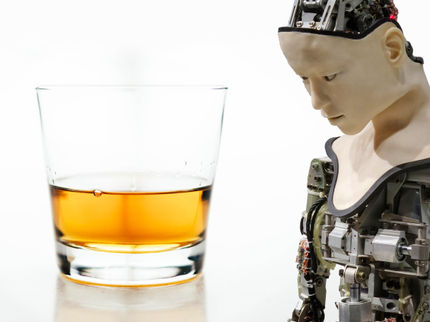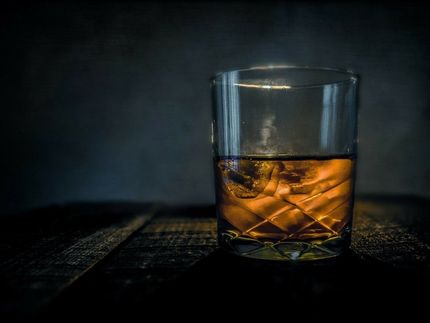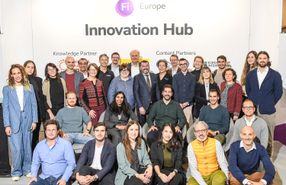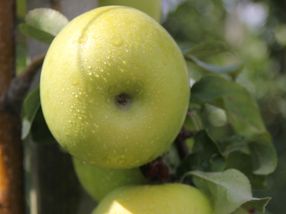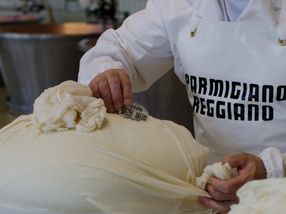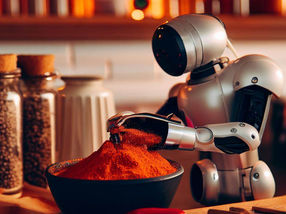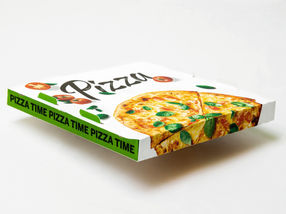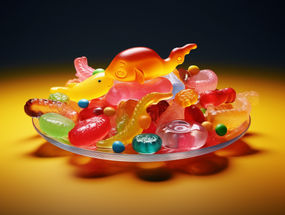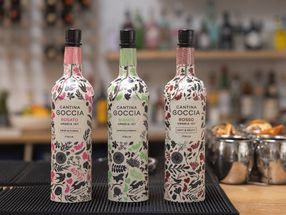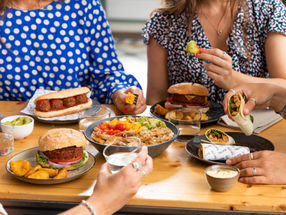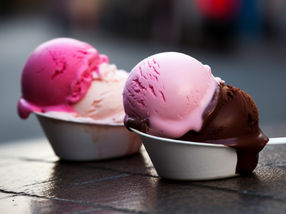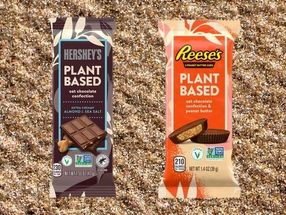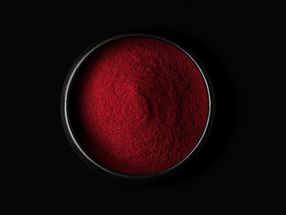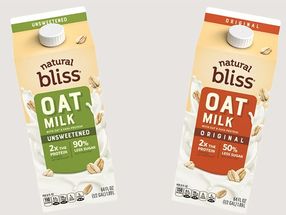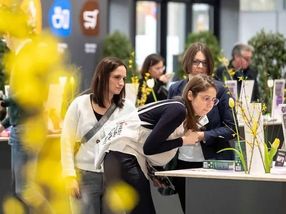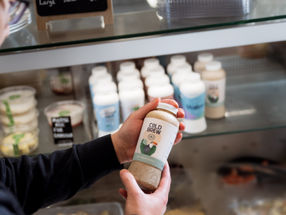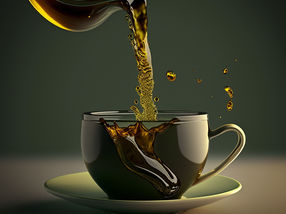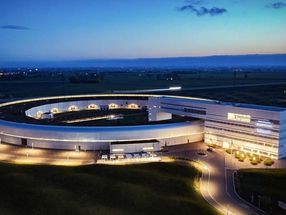The signature of taste
A start-up is developing a new technology for the beverage and food industry
Blending whiskies from different casks is an art in itself. whisky blenders are luminaries of their guild. Just as painters mix colours to capture mood on canvas, the experts in distilleries combine flavours to create “liquid gold”. They follow their intuition, which is based on experience and a keen sense of taste and smell.

Unsplash
Although numerous scents and flavours can be measured, the technical capture of a diverse taste - like that of whisky - is not possible today. The start-up “Harmonize”, which is based at the Max Planck Institute of Biochemistry in Martinsried, aims to close this gap and bring a new technology for the beverage and food industry to application maturity. “The goal here is not to replace human performance, but to provide industry with a tool to optimise taste, ensure quality or develop novel products,” says Christoph Wichmann, physicist and managing director of the young team.
Taste is individual
The taste of whisky is determined by many factors: on the one hand, there is the barley and the water used, the basic products of the Scottish national drink. But the type of malting, the distillation process and the casks used also play a decisive role in determining whether a whisky tastes good or not. While some people prefer a peaty aroma, others appreciate a fruity note, for example.
The number and combination of molecules that dock onto the chemoreceptors in the mouth and nose and thus influence the sensation of taste are not exactly known; it is estimated to be several hundred thousand. To make them measurable, the “Harmonize” team, consisting of three scientists and a product manager, uses technologies they are familiar with from their research: mass spectrometry and artificial intelligence.
The mass spectrum helps them to determine the mass of molecules with a known charge. “It doesn’t matter what the molecules are specifically, but rather the unique signature of the whisky,” says Hamid Hamzeiy, who is responsible for data processing and analysis. A new software tool that uses artificial intelligence methods will help to quantify the molecules.
A whisky that keeps its promise
Bioinformatician Hamid Hamzeiy had the idea of using whisky as a proof-of-principle at a symposium in Scotland. Together with Daniil Pokrovsky, he had bought an expensive bottle of whisky. “Despite the high price, we were disappointed with the taste,” says Pokrovsky. “An expensive product should also deliver what it promises.”
To get closer to this goal, the “Harmonize” team works closely with the largest German whisky producer, who provides them with the samples for their measurements. “All these samples, which are matured in different barrels, have about 55 to 60 percent alcohol content,” says Hans Kemenater, the managing director of the Slyrs Distillery. With 3500 barrels, all of which have their own characteristics, he hopes to get ideas about which whiskies can be blended to ensure consistent quality.
Christoph Wichmann, Hamid Hamzeiy, Daniil Pokrovsky and Paulyna Mendoza Quintero want to use whisky to prove that their technology works. In the medium term, they plan to expand the business to other beverages and foodstuffs. “We are convinced that there is very great potential for this,” says marketing expert Mendoza Quintero.
The team is aware that it is also taking a risk. But they know what they are getting into. “The freedom to break new ground appeals to me,” says Christoph Wichmann. Daniil Pokrovsky also sees it that way. After his postdoc, he had good offers from academia and industry. However, he decided to take the self-employed route. But yes, “I am damn scared”, says the young scientist. The team, however, gives him security, he says.
“A good network of supporters is an important guarantee for success,” says Christoph Wichmann. For example, “Harmonize” is advised by Max Planck Innovation and the Max Planck Foundation. Jürgen Cox from the Max Planck Institute of Biochemistry is a scientific mentor, and experts from the whisky industry are helping with market entry. Since September 2021, the “Harmonize” team has been funded via the Exist research transfer. A welcome success that gives them planning security for the first time.
Other news from the department research and development
Most read news
More news from our other portals
Something is happening in the food & beverage industry ...
This is what true pioneering spirit looks like: Plenty of innovative start-ups are bringing fresh ideas, lifeblood and entrepreneurial spirit to change tomorrow's world for the better. Immerse yourself in the world of these young companies and take the opportunity to get in touch with the founders.
See the theme worlds for related content
Artificial intelligence (AI) for food and beverages
Artificial intelligence (AI) is optimizing the food and beverage industry through automated quality control and more accurate demand forecasting. AI plays a particularly important role in product development by analyzing taste preferences and market trends. This allows new products to be developed that are better tailored to consumer needs, increasing efficiency and customer satisfaction.

Artificial intelligence (AI) for food and beverages
Artificial intelligence (AI) is optimizing the food and beverage industry through automated quality control and more accurate demand forecasting. AI plays a particularly important role in product development by analyzing taste preferences and market trends. This allows new products to be developed that are better tailored to consumer needs, increasing efficiency and customer satisfaction.
